Fall is the Perfect Time to Plant a Tree
For those who think spring is the best time for planting – we have news for you – it’s the perfect time to plant trees and shrubs. And it all comes down to roots.
Unlike flowers and vegetables that thrive in spring and summer weather, trees and shrubs use the dormant time of fall and winter to establish their roots. Planting trees and shrubs from September through November enables their roots to grow strong before spring and summer return.
There are quite a few benefits to planting in the fall:
- Cooler, wetter weather means you’ll need to water less.
- As the tree won’t be growing above ground in fall and winter, its roots can take advantage of the warmer temperature underground to establish itself.
- Trees planted in fall are better able to adapt to the heat of summer.
Did you know that Augustine has a tree farm that you can visit? We grow more than 20,000 trees in hundreds of varieties over 60 acres right in Kingston. For those who don’t want to wait a decade to have an established tree in their yard, we are experts at planting large trees. Plant now, and wake up in spring to a beautiful tree full of leafy beauty.
And there are lots of choices for fall planting including maples, buckeyes, ash, chestnet, crabapple, and elm to name a few. Trees planted in fall need little maintenance. Just water about once a week and mulch.
And while you’re in planting mode, don’t forget to plant some spring-blooming bulbs before the ground freezes.


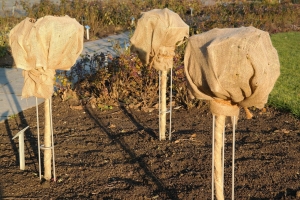
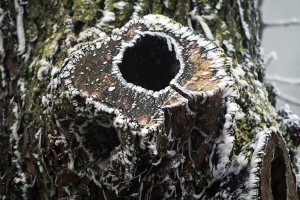
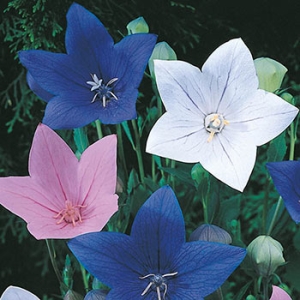




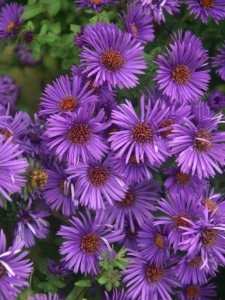



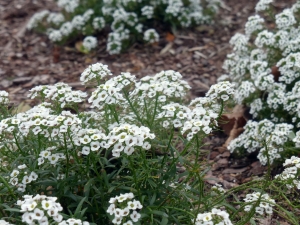

 #AugustineNursery
#AugustineNursery






 Stop in to check
Stop in to check

 Open 7 days a
Open 7 days a 




 $5 for
$5 for 




 Hope you’re
Hope you’re


 $5 Friday will feature a
$5 Friday will feature a